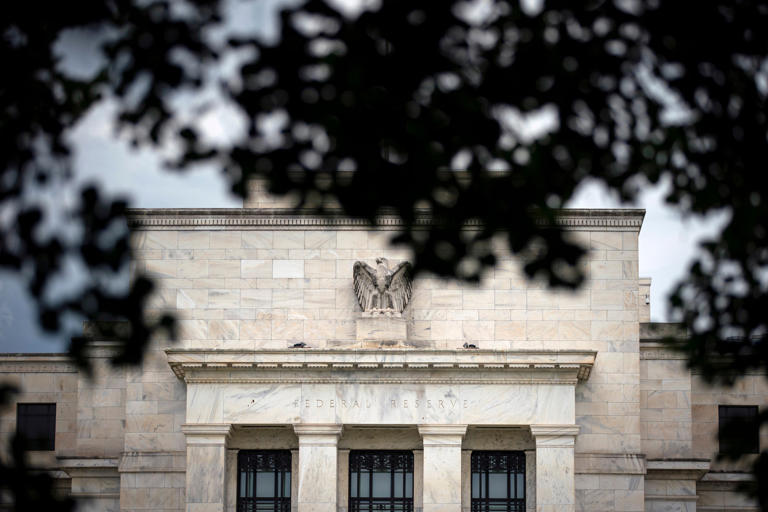The Federal Reserve’s latest Beige Book, a compilation of insights from business contacts across twelve regional districts, provided a detailed snapshot of the U.S. economy as it approached the third quarter. The overall tone was one of modest growth, but with notable variations and challenges across different regions. Five of the districts reported either flat or declining economic activity, marking an increase from previous periods and highlighting uneven recovery trends.
Employment showed marginal gains, although there was a decline in labor turnover. Business contacts indicated a shift towards more cautious hiring practices, opting to be selective in filling open positions. This cautious approach reflects ongoing uncertainties and challenges, such as supply chain disruptions, labor shortages, and evolving consumer behavior post-pandemic.
Looking ahead, there were expectations among businesses of continued economic slowdown. This cautious outlook is driven by concerns over persistent inflationary pressures and uncertainties surrounding the trajectory of economic recovery. Federal Reserve officials, including Chair Jerome Powell, have acknowledged progress towards their inflation target of 2%, but have not provided clear indications of when interest rate adjustments might occur.
In the financial sector, State Street Corp. made headlines with its issuance of preferred shares, aiming to raise a substantial sum to bolster its capital base. This move followed announcements from the company’s CFO about plans to accelerate stock buybacks, necessitating adequate capital reserves to meet regulatory requirements amidst market volatility.
Legal developments included a significant insider trading case involving a former Goldman Sachs associate, resulting in a 28-month prison sentence. The case underscored ongoing efforts to combat financial misconduct within the industry, despite advancements in regulatory oversight.
Technologically, GlobalWafers Co., a key player in semiconductor production, secured substantial government funding under the Chips and Science Act to expand operations in Texas and Missouri. This investment aims to strengthen domestic semiconductor manufacturing capabilities, supporting job creation and addressing global supply chain vulnerabilities in the semiconductor sector.
In the energy sector, wildfires in Alberta, Canada, posed threats to oil production facilities, potentially impacting significant output volumes. The fires, exacerbated by hot weather conditions, prompted precautionary measures from major energy companies to safeguard operations and mitigate environmental risks in the oil sands region.
On the political front, San Francisco mayoral candidate Mark Farrell proposed innovative tax incentives to incentivize companies to bring employees back to downtown offices on a regular basis. This proposal forms part of a broader strategy to revitalize urban commercial districts and stimulate economic activity following pandemic-related disruptions to work patterns.
In summary, these developments underscore the intricate interplay of economic indicators, regulatory challenges, environmental risks, and policy responses shaping the current economic landscape in the United States. They reflect ongoing efforts to navigate uncertainties and foster sustainable economic recovery amid a complex global environment.
